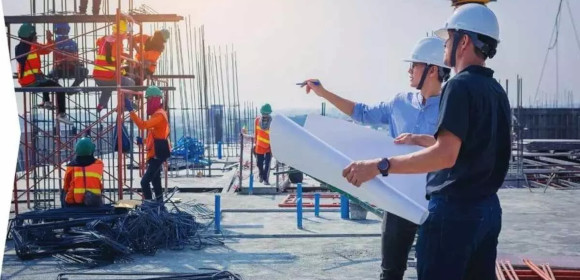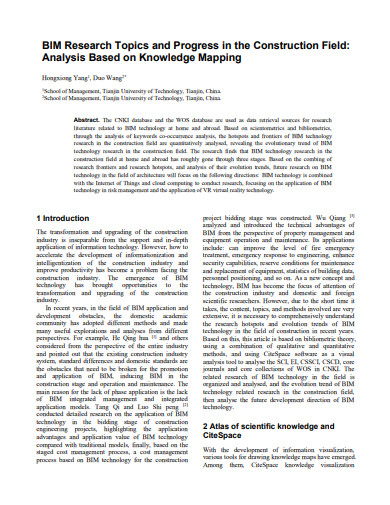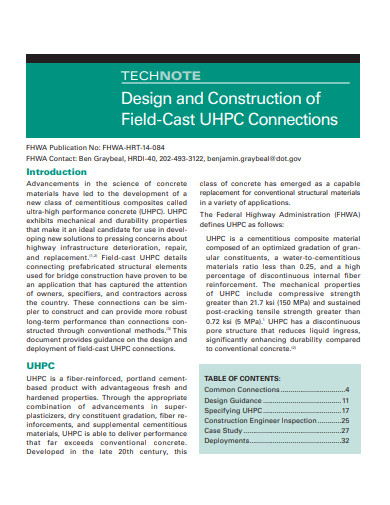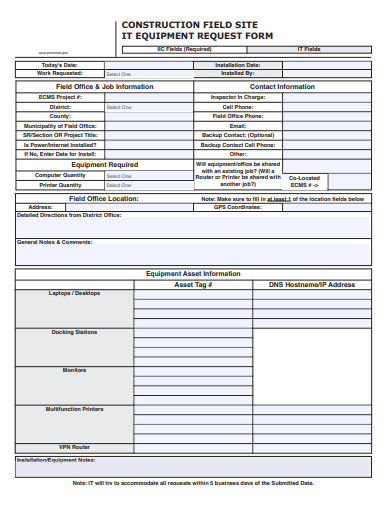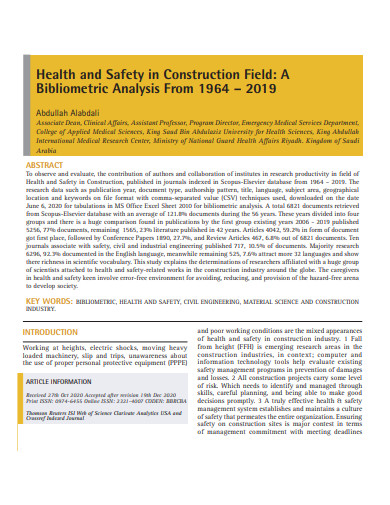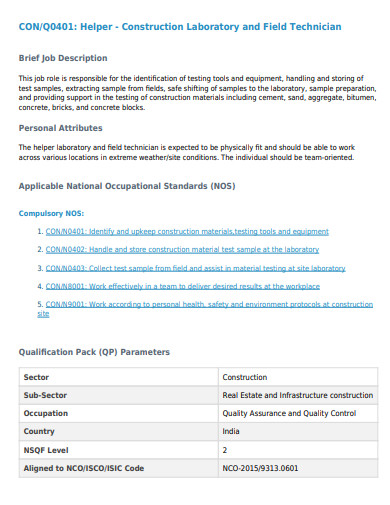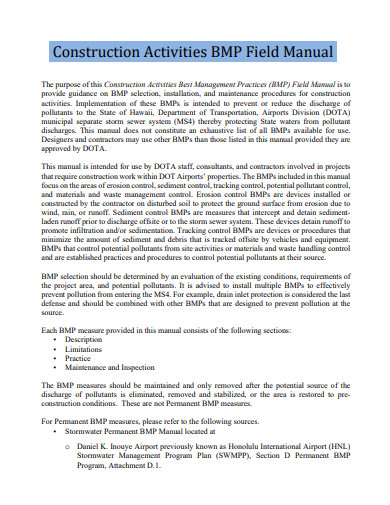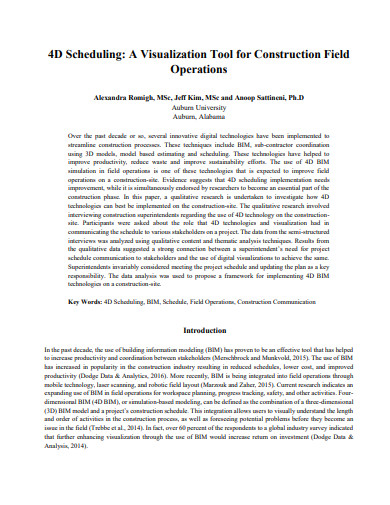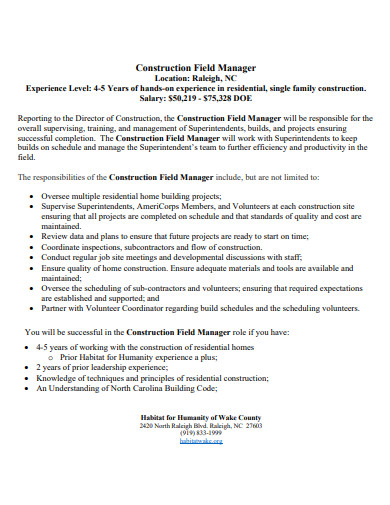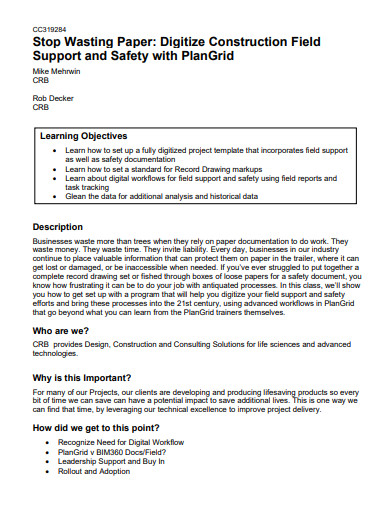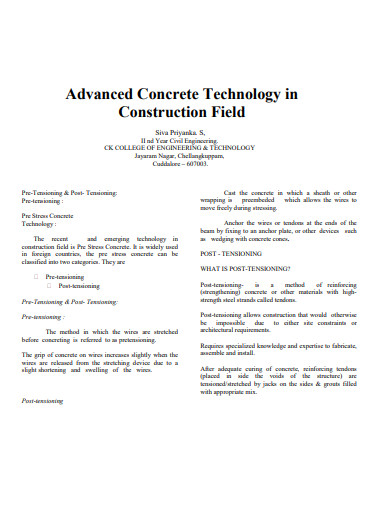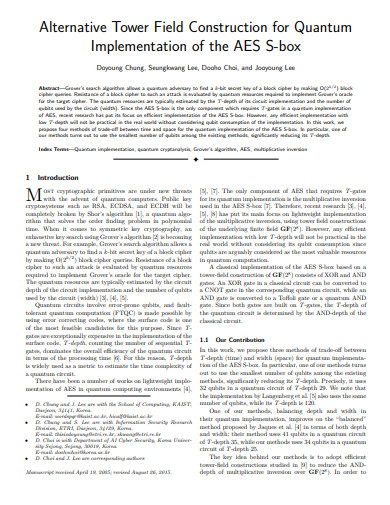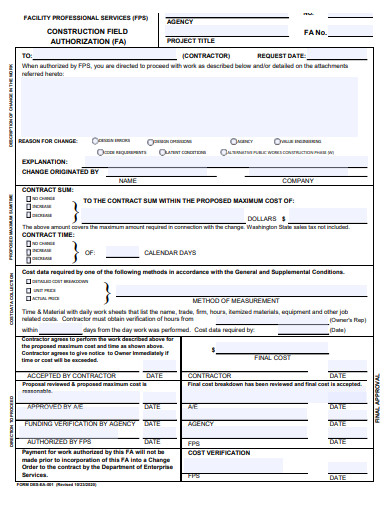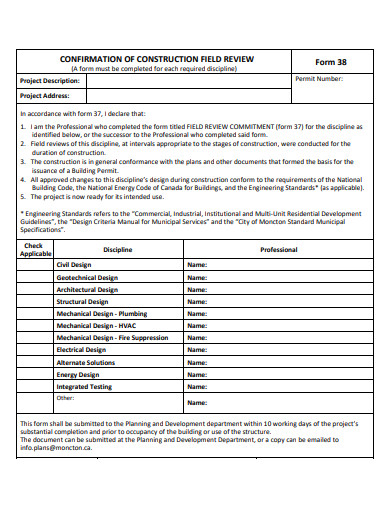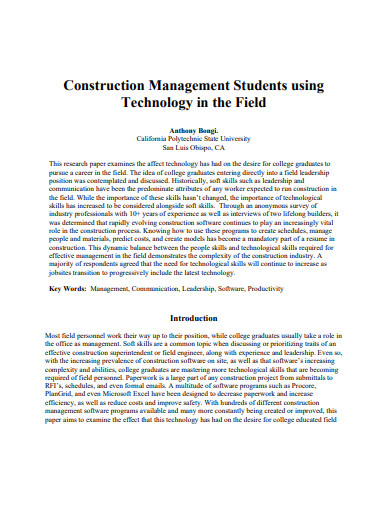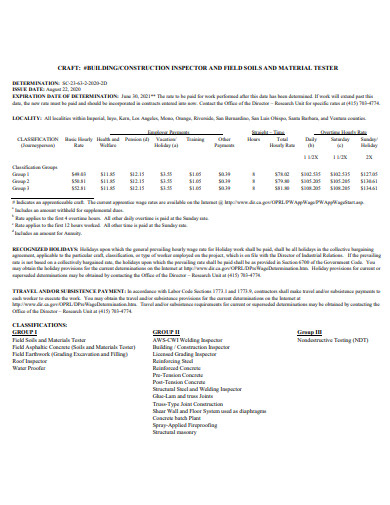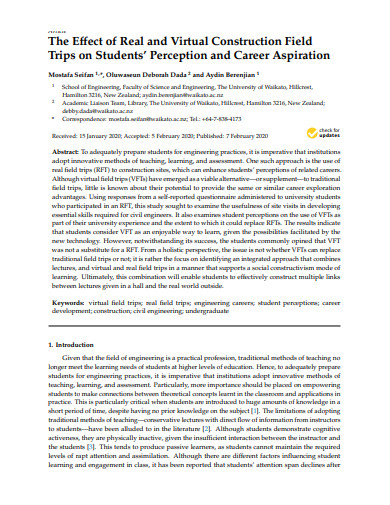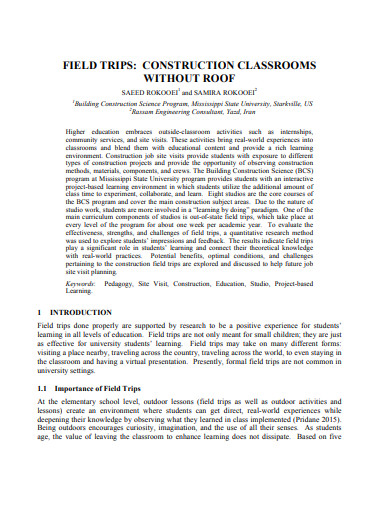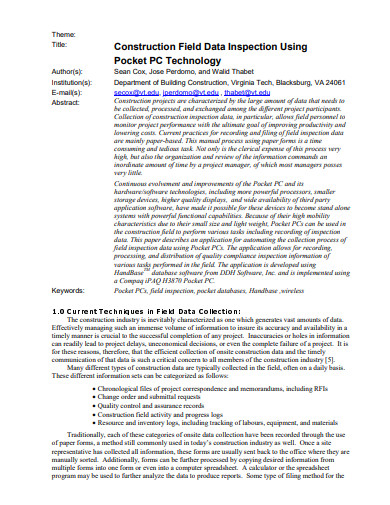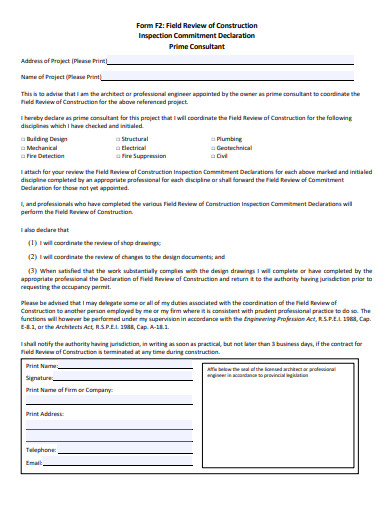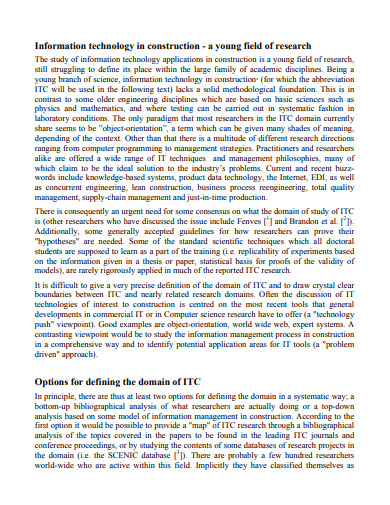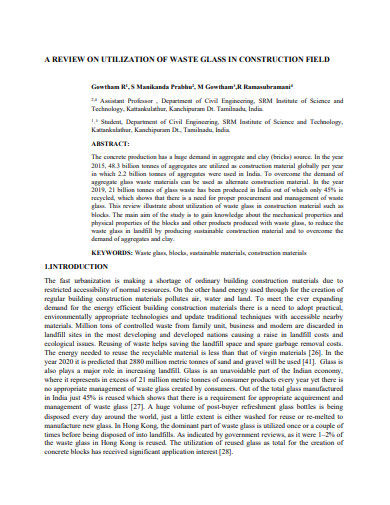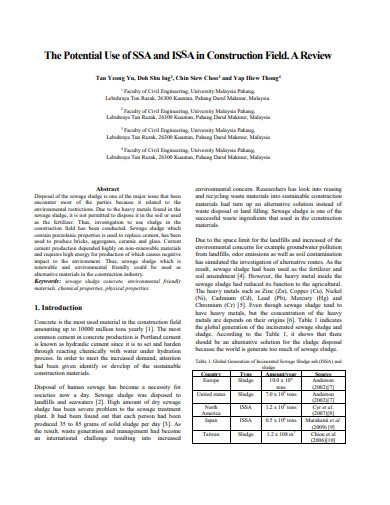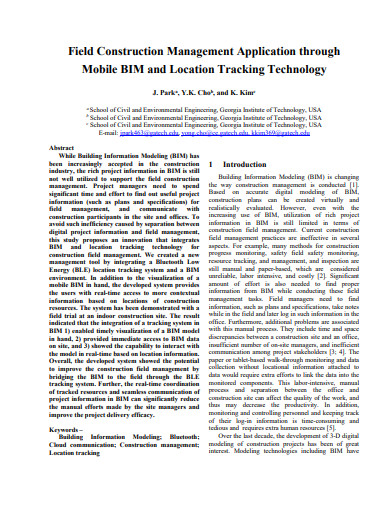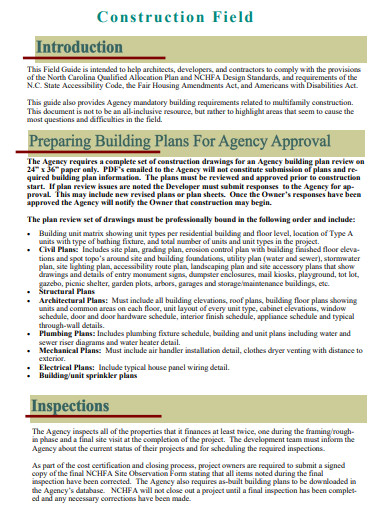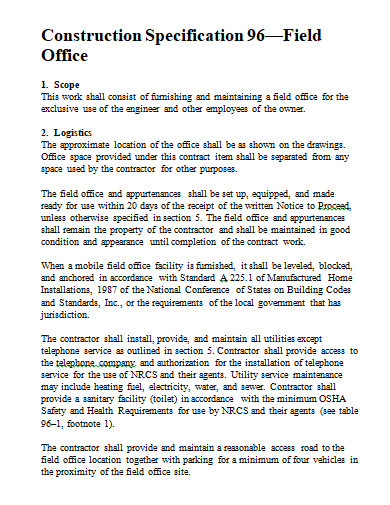Stepping into the vast arena of construction unveils a world where creativity meets structural genius. The construction field, brimming with innovation and strategic methodologies, stands as the foundation upon which cities rise and civilizations advance. Infused with the latest trends and sustainable practices, this guide is tailor-made for those eager to cement their place in this ever-growing sector. Unfold the layers of construction expertise and redefine the skyline with us.
26+ Construction Field Samples
1. Construction Field Report Template
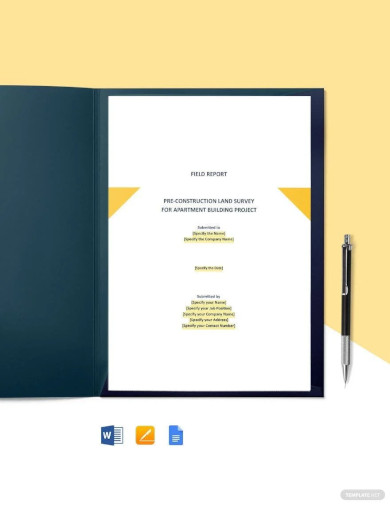
2. Sustainable Construction Field Template
3. Construction Field Analysis Template
4. Design and Construction Field Template
5. Construction Field Site Template
6. Health and Safety in Construction Field Template
7. Construction Laboratory and Field Technician Template
8. Construction Activities Field Manual Template
9. Construction Field Operations Template
What is a construction field sample?
A construction field sample represents a tangible or documented piece that showcases the materials, workmanship, or techniques used in a specific project. Much like how an author might draft a sample chapter or an artist might sketch a preliminary drawing, a construction professional utilizes field samples as a reference or a guideline.
Understanding its Importance
The significance of a construction field sample can’t be overstated. It serves several key purposes:
Quality Assurance: Before large quantities of materials are ordered or specific techniques are employed across a major construction project, a sample allows stakeholders to verify the quality, aesthetics, and suitability of selected materials or methods.
Stakeholder Visualization: For non-technical stakeholders, visualizing the end result of a construction project can be challenging. Physical samples provide a tangible representation, making abstract concepts more understandable.
Compliance and Approval: In some jurisdictions or projects, regulatory bodies or inspectors might need to approve certain materials or techniques before they are broadly used. In such cases, the construction field sample becomes an essential part of the compliance process.
Different Types of Field Samples
Depending on the project’s needs and the specific aspect being showcased, construction field samples can be varied:
Material Samples: These are physical pieces of the actual materials to be used, whether it’s a brick, a tile, a swatch of fabric, or a sample of paint.
Mock-ups: More comprehensive than simple material samples, mock-ups are larger structures that showcase a combination of materials and techniques. They are particularly useful for complex assemblies.
Documented Samples: These are detailed job descriptions, photographs, or digital representations of materials or methods, especially when physical samples aren’t feasible.
How do I create a construction field sample?
Creating an effective construction field sample requires a blend of technical understanding, foresight, and communication skills. Here’s a step-by-step guide:
Identifying the Need
Begin by understanding why you need the sample. Are you testing a new material, seeking approval, or helping stakeholders visualize an aspect of the project?
Gathering Materials and Tools
Based on the purpose identified, gather the necessary materials and tools. For instance, if you’re creating a brickwork sample, you’d need the specific type of brick, mortar, and masonry tools.
Creation Process
For Material Samples: This might be as simple as cutting a piece from a larger material, like a fabric swatch or a tile segment.
For Mock-ups: This is more complex, as it involves combining various materials and techniques to create a mini version of the final structure.
For Documented Samples: This requires photographing the material or method in high resolution, or even using software to create digital representations.
Documentation
Document the creation process, any tests conducted, and the results. This is especially crucial if the sample is used for compliance or quality assurance purposes.
Presentation
Ensure that the sample is presented professionally. Label it clearly, especially if you have multiple samples. If it’s a physical sample, consider the best storage or display methods to maintain its integrity.
10. Construction Field Manager Template
11. Construction Field Example
12. Advanced Concrete Technology in Construction Field Template
13. Standard Construction Field Template
14. Construction Field Authorization Template
15. Confirmation of Construction Field Review Template
16. Simple Construction Field Template
17. Building Construction Inspector and Field Template
18. Virtual Construction Field Template
19. Construction Field Trips Template
20. Construction Field Data Inspection Template
21. Construction Field Review Form Template
22. Construction Field of Research Template
23. Construction Field in PDF
24. Potential Use Construction Field Template
25. Construction Management Application Field Template
26. Construction Field Template
27. Construction Specification Field Office Template
How to write a construction project?
Drafting a construction project involves detailed planning and a systematic approach. Here’s a guide to get you started:
Defining the Project Scope
Clearly define what the project aims to achieve. This involves understanding the client’s needs, the project’s objectives, and its limitations. This scope sets the tone for the entire project.
Preliminary Research and Site Analysis
Conduct thorough research on the construction site. This includes understanding its topography, soil conditions, local regulations, and any other factors that might influence the construction process.
Design Development
Sketch out preliminary designs and refine them based on stakeholder feedback. Utilize architectural and engineering software to create detailed blueprints. Ensure the designs are aligned with the project’s goals and objectives.
Budgeting and Cost Estimation
Break down the entire project into tasks and sub-tasks. Assign a cost to each based on material, labor, and other resources. Ensure you add contingencies for unexpected expenses.
Timeline Creation
Create a comprehensive timeline for the project. Identify milestones and set deadlines for each task, keeping potential delays in mind.
Resource Allocation
Determine the human resources, machinery, materials, and other assets required for the project. Ensure their timely availability based on the project’s timeline.
Risk Assessment
Identify potential risks, from weather-related delays to regulatory hurdles. Create a plan for mitigating or managing these risks.
Documentation and Approval
Ensure all documentation is in place, from contracts to permits. Depending on the jurisdiction, certain aspects of your project might need official approval before you commence.
Communication Plan
Determine how stakeholders will be kept informed about the project’s progress. Whether through regular meetings, digital dashboards, or periodic reports, ensure there’s a system in place.
With these steps, you’re well on your way to drafting a successful construction project that’s comprehensive, transparent, and efficient.
Related Posts
Retirement Speech Samples & Templates
Weekly Schedule Samples & Templates
Contractual Agreement Samples & Templates
FREE 9+ Amazing Sample Church Bulletin Templates in PSD | PDF
Sample Business Card Templates
Sample Cashier Job Descriptions
Questionnaire Samples
FREE 10+ Sample HR Resource Templates in PDF
FREE 49+ Sample Job Descriptions in PDF | MS Word
FREE 23+ Sample Event Calendar Templates in PDF | MS Word | Google Docs | Apple Pages
Company Profile Samples
FREE 10+ Leadership Report Samples [ Development, Training, Camp ]
FREE 24+ Sample Payment Schedules in PDF | MS Word
FREE 10+ Return to Work Action Plan Samples in PDF | DOC
Autobiography Samples & Templates
